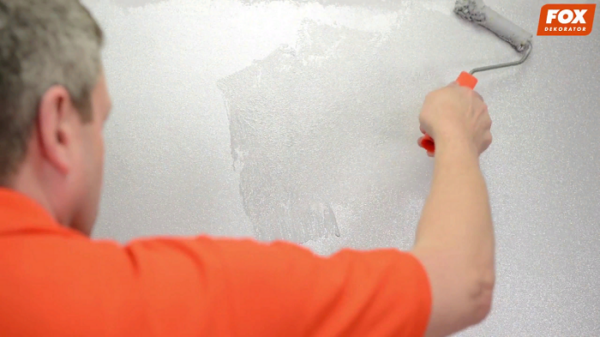Each plant has its own life form, which largely determines its characteristics. There are not so many of these forms, but each of them can fit perfectly into any interior. This circumstance will certainly be taken into account when landscaping office and residential premises, as well as rest rooms.
What are the life forms of plants
Creepers are one of the life forms that are often used for vertical gardening and as soil cover, planting them on the lawn for this. Lianas are long, flexible and very tenacious plants that grow rapidly upwards, clinging to the surface. Creepers can differ from each other in the form of stems, leaves and flowers. They are curly, root-climbing (those that rise with the help of aerial roots) and cirriform (forming mustaches and suckers).
This life form perfectly complements ceramics, wood, metal and stone, which allows you to create interesting combinations and compositions. The most commonly used for vertical gardening are grapes, anthurium, monstera, cissus, hoya, hedera, asparagus the thinnest.
Hanging plants are called ampelous. The German word “ampel” is translated as “hanging vase”. Bluebell, begonia, chlorophytum, fuchsia, tradescantia, Sprenger’s asparagus, jasmine, pelargonium – they all belong to ampelous. They are grown in hanging vases, which are placed on the walls near windows, on balconies and loggias, terraces and verandas. Often potted hanging plants can be seen on the closet and on the bookshelves.
Succulents are plants that can store water. United by this property, plants do not have to belong to the same botanical family.
The appearance of succulents speaks for itself – these are plump leaves and stems, a fleshy trunk with thorns or hairs on it, plaque or wax. Succulents are unpretentious and can do without water for a long time, they easily adapt to the environment.
Succulents include crassula, mamillaria, sedum, echeveria, echinopsis, prickly pear, etc. You can combine them with stones and snags, granite, pebbles. Interestingly, succulents look in commonwealth with sand – a sort of corner of the hot desert. Such a composition will dilute any interior.
Plants grown from bulbs are called bulbous. Hyacinth, iris, lily, narcissus, tulip – these are all garden plants. In fact, bulbous plants are practically not grown indoors. Is that the hippeastrium, hemanthus, krinum and eucharis, all the same, are found in apartments.
What are the life forms of plants
Herbaceous plants are also one of the life forms. This is mainly the domesticated greenery of the tropical regions of the planet. These plants are especially in demand, as they can be used quite widely and everywhere. Of the herbaceous, the most common varieties of begonias, aspidisters, zebrin, stone, marant, peperomy, setcreaziy, etc.
Wood plants – ficus, codium, chlorrantus, fkusy, birch bark – these are small trees and shrubs. They are often used in landscaping apartments, as they create a certain atmosphere in the room.
Coniferous plants are no less in demand, due to the fact that they can be given absolutely any form. They can be cut in the form of any geometric figure – a cube, ball, etc.D. Such a plant will fit into any, even the most modern, interior style. Coniferous plants take root well in a cool room. By the way, this type of greenery does not tolerate deep landing.
What are the life forms of plants
Focusing on the life form of the plant, as well as its preferences, you can create very interesting compositions in the apartment. And even the smallest original corner of greenery will give a lot of positive impressions and emotions.




